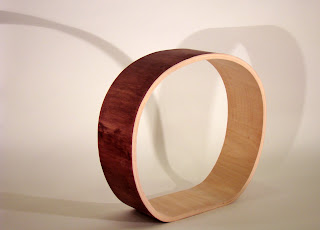It is clear that computational aids were relevant and were indeed monumental in importance both in 5,000 B.C, and today. From the pyramids of Egypt to the development of the Burj Al Arab, computational aids have been very beneficial and crucial in aiding designers throughout the design process. However, these aids have their place, and they should not be put in a position that is more important than the fundamentals that employ them. Any aid used in design must be used to assist the foundational elements of design provided by the designer himself.
This being said, aids can be very pragmatic. There are a multitude of possibilities that they bring to the table of design. For example: computational aids can help a designer make sure that all of his or her designs are structurally sound and correct, which saves the designer and the engineer time and money by allowing him or her to focus on the design more so than the mathematics that allow the design to be possible. In addition to this computational aids can also be used to make calculations very quickly, permitting the designer to spend more time on the design process and less on the technical elements. Lastly, the designers are able to use computer aided drawings to better communicate to the client what the proposed design will look like, which in turn invites the client to become a part of the design process, resulting in a more involved and pleased client.
After having glimpsed the current and past states of computational aids, one must wonder where the aids will take us in the future. Will there be 4-D projections that one can actually walk through and interact with, or will a program exist that allows a user to verbalize and discuss ideas aloud, which are then translated into shapes, figures, lines, and gestures. These are just a few examples of where technology could take us.
Bases on my knowledge of computer aided design systems it seems that in the future, architects and designers will need to be constantly consulted when a new software is being designed for them. In the past and even today, there is software that does not meet the needs of the people that are using it. Further, needs are ever changing. Thus programmers must simultaneously adapt to these changes while predicting future needs and trends. A need that I have had personally expressed to me is the need for facilitated communication among professionals utilizing diverse machines throughout the design process. That is, professionals utilize files that should be interchangeable between the various programs to steam-line collaboration in the design process. In conclusion, computer aided design programs need to be used as aids to assist the designer. They should not take the place of the fundamentals of design or be allowed to hinder one’s original creativity. If these parameters are kept, than the world of computer-aided design can and will be a very powerful tool in the future, through all facets of design.

